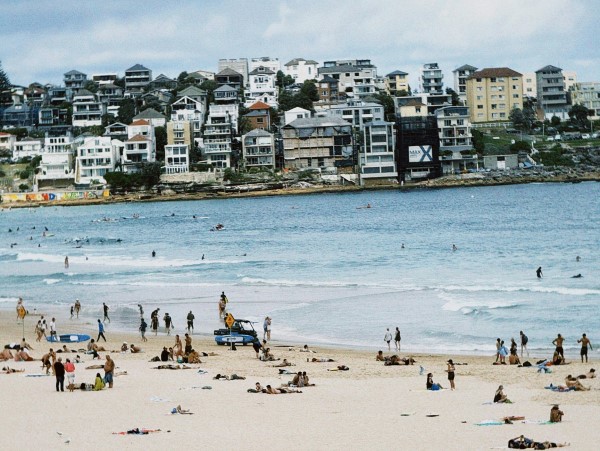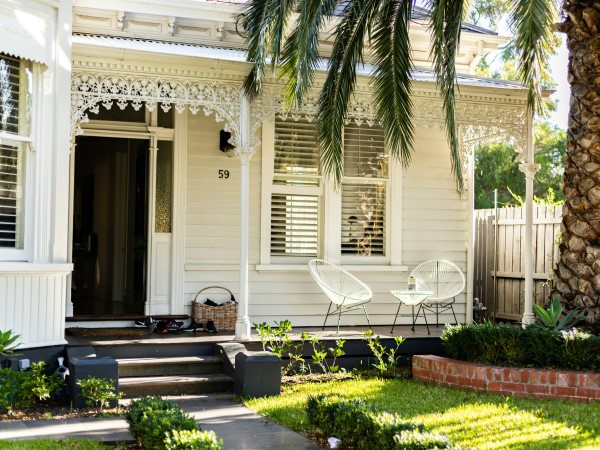When suburbs in Sydney are ranked for their ‘livability’, what does that even mean?
Last week, Domain released their second ‘Livable Sydney’ list since the study’s inception in 2016. Using a range of indicators to determine each area’s ‘livability’, all 569 of Sydney’s suburbs are ranked from best to worst. In a nutshell, the results read something like this: If you live on the North Shore, congratulations. If you call Blairmount or Denham Court home, sincere condolences. But in all seriousness, whether you’re looking to buy, sell or invest, here’s what to consider when it comes to considering a/your suburb’s “livability.”
But, really, how much attention should we pay to the idea of livability? And who gets to decide what someone else might find attractive in a place to live? Sure, we all might unanimously agree that the proximity to a pint is of paramount importance, but how significant is the availability of public transport to get you home after the third one? And whilst everyone loves a good local café to grab a morning coffee, does the proximity of the next caffeine hit even matter to a young family more concerned with access to good schools? Actually—scrap that. Parents are always concerned with where their next caffeine hit is coming from. But education matters too!
Employment.
We already spend enough time at work, so why spend more commuting there? Ideally, the suburb you live in is close to your workplace and/or employment hubs.
Transport.
Behind every great suburb is an even greater public transport system. Trains, buses, ferries, light rail—whatever gets you from A to B without having to rely on your own wheels is a win.
Culture.
If knowledge is power, are libraries like gyms? It’s important to offer locals of any area the opportunity to give their mind a workout, so whether it’s a trip to the library, history museum, or a new art exhibition, a suburb thrives with culture.
Traffic.
If you’ve ever driven during peak hour, this point needs no further explanation.
Education.
If you have school-aged children, how many primary and high school options are within the area can be a huge factor when it comes to deciding on where to live.
Restaurants and cafes.
Please refer to earlier point about caffeine hits. Other main considerations include pastries, hamburgers and pasta. Not necessarily all in the same meal, but not necessarily not not, either.
Green space.
It’s near impossible to consider a good quality of life without trees, plants, and wide-open parks. Without nature (or close proximity to it), some suburbs can feel like concrete jungles that stifle our wellbeing.
Views.
On livability lists, areas boasting water views are instantly propelled to podium positions. In Sydney, we’re blessed with some of the most magnificent harbours, bays, and beaches in the world. If you are living in close proximity to a breathtaking body of water, it’s pretty safe to say you’re doing something right.
Shopping, crime rates, beach access, topographic variation, and even WiFi speeds can also impact a suburb’s livability rating, so if your Netflix keeps lagging mid-binge, your hometown might be facing a demotion. Time to call your NBN provider. Again.










